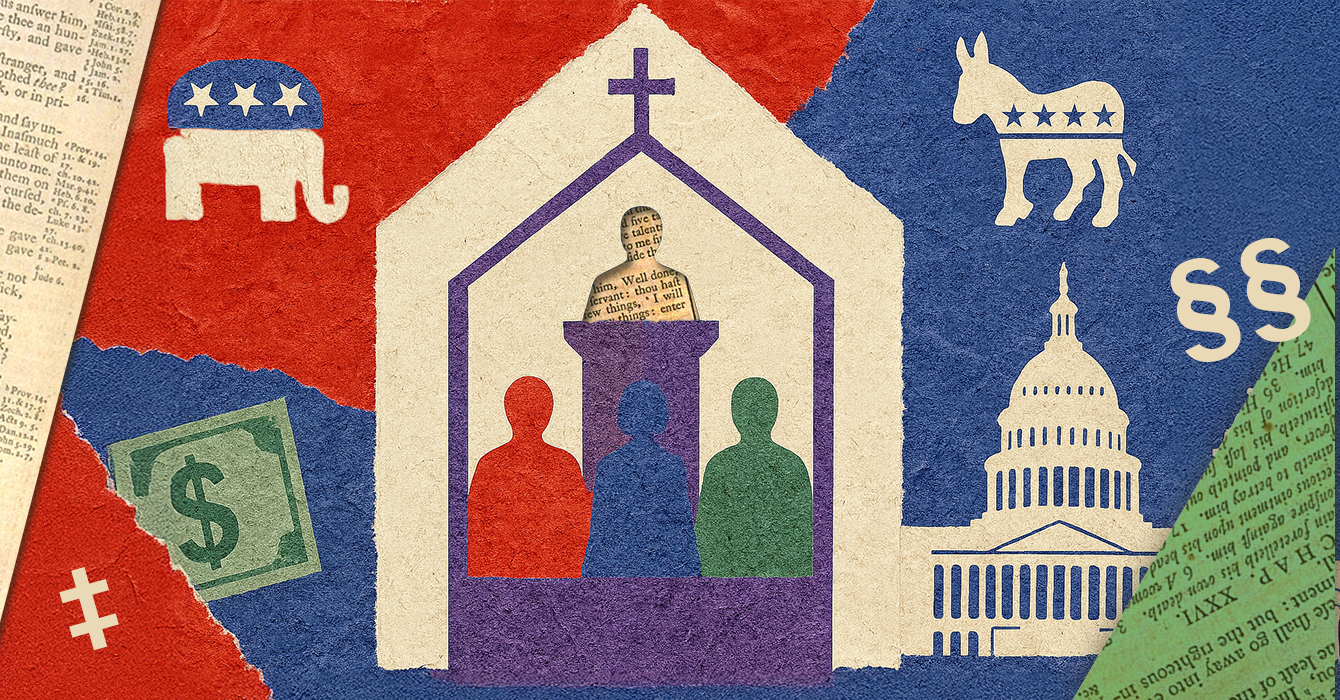In September of 1793, Philadelphia was under siege. Yellow fever had begun to spread a month earlier on the wharves, then moved inland. By the time the public health crisis ended that winter, as many as 5,000 Philadelphians, including roughly 400 people of color, had died.
A similar crisis today would mean hundreds of thousands of deaths in a major metropolitan area. By comparison, the swine flu frightened people across the globe when it had taken less than 100 lives.
During the terrifying time in Philadelphia, Richard Allen, minister, educator and founder of the African Methodist Episcopal (AME) church, saw an opportunity. Allen believed the crisis offered black leaders a chance to save the infected city and to transcend racial stereotypes. Allen’s actions during and after the epidemic remind us that leadership is a creative endeavor that often flows from unplanned moments and crises.
Questions to consider
Questions to consider:
- How can crises become leadership opportunities? What kind of vision and courage are necessary?
- Leading through difficult situations can be discouraging. What are your resources for facing discouragement and navigating through tough times?
- Are there people in your organization whose gifts may be discounted prejudicially? Of so, what might your organization be losing?
When few white citizens dared to leave their homes to help others in need, Allen and his band of black aid workers roamed Philadelphia streets. Based on eyewitness narratives, one can imagine Allen and Absalom Jones, a fellow African-American leader and founder of St. Thomas’ African Episcopal Church, entering homes with boarded-up windows. Neighbors yelled that the devil inhabited people’s homes and bodies: “You won’t go in there if ya’ know what’s good for ya’!” Inside they found white victims of the fever, abandoned or left alone when the rest of their families died. Allen and Jones built caskets, laid the dead to rest, and moved along.
Allen and Jones believed God had created this opportunity for black people to prove their valor as citizens and fellow Christians. In addition, Allen, who recently had left St. George's United Methodist Church to organize an independent black church, may have hoped that black benevolent activity would repair relations with white leaders. Optimistic about their ability to change the world, Allen, Jones and members of the Free African Society they had founded thus risked their lives by going into infected homes, burying victims, and removing, burning and burying beds, drapes and blankets from houses.
Visiting dozens of homes every day, black aid workers saw just how “alarming and melancholy” Philadelphia had become. But, unlike others, they would do something. “The Lord was pleased to strengthen us,” Allen and Jones wrote later, “and remove all fear from us, and disposed our hearts to be as useful as possible.”
As the crisis abated, white citizens accused African-Americans of exploiting it to rob people's homes and charge excessive fees for care. Printer Matthew Carey fomented public anger with a best-selling pamphlet. Although he praised black leaders, Carey repeated the charges leveled against black aid workers, whom he famously labeled as “plunderers.”
Allen fell ill with yellow fever in October. He recovered, angry and dispirited about the backlash. Yet he moved into the second phase of crisis management by writing, with Jones, a pamphlet in response. “A Narrative of the Proceedings of the Black People During the Late Awful Calamity in Philadelphia” became the first copyrighted piece of literature by black authors under the new Constitution.
Allen and Jones described the black community’s heroism, particularly the aid they rendered to white citizens abandoned by those around them. "When the mortality came to its greatest stage," they commented in one section, "it was impossible to procure sufficient assistance, therefore many whose friends, and relations had left them, died on the scene, and unassisted. We have found them in various situations, some laying on the floor, as bloody as if they had been dipped in it.”
But Allen did not only defend his people against attack. Allen’s next act of leadership was to use the moment to push for a global abolitionist campaign. Believing the backlash was in fact related to slavery, Allen affixed a brief antislavery essay to the end of the yellow fever pamphlet. In it, he encouraged white citizens to adopt educational policies that would allow free blacks to rise as equals. One of the earliest examples of nurture over nature, Allen's antislavery address linked abolitionism and racial equality as twin goals of the black liberation struggle.
“If you love your children, if you love your country, if you love the God of Love, clear your hands from slaves, burden not your children or country with them,” Allen wrote in a memorable ending to the pamphlet.
In a very real sense, Allen used the yellow fever crisis to call for a new birth of freedom in American society. That we are still striving to achieve racial justice in the way Allen envisioned testifies to his standing not only as a father of the black church but of American democracy.













